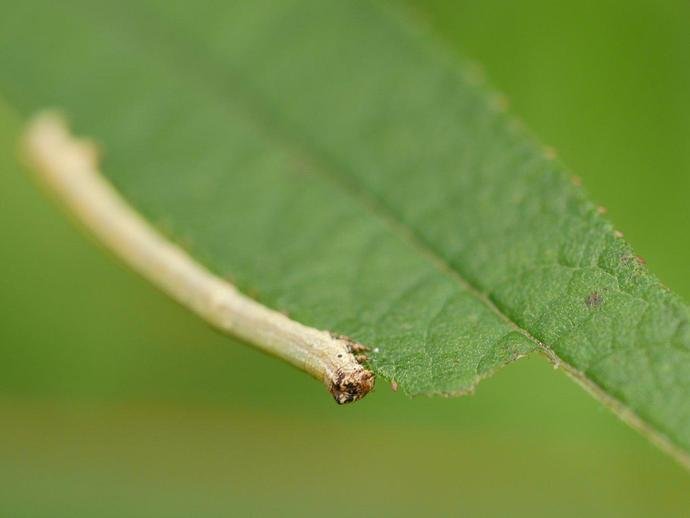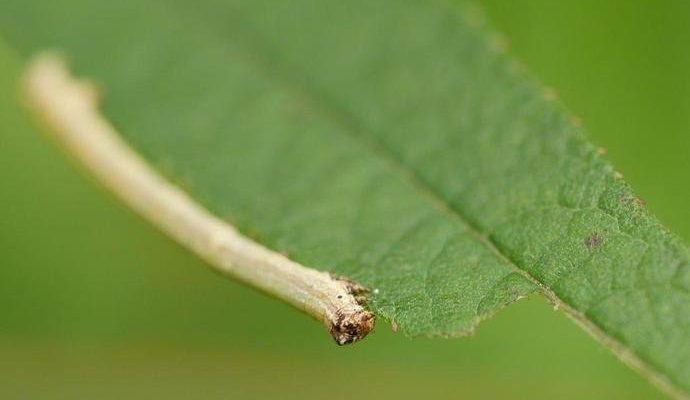
Photographing inchworms can feel like an adventure. These little guys, also known as measuring worms, can be found on trees and plants, often blending in seamlessly with their surroundings. With the right approach, a little patience, and perhaps a good camera (like a DSLR or a mirrorless model) with a macro lens, you can capture their captivating world. Here’s how to get started!
Finding Inchworms: The Right Habitat
Before you start snapping photos, you need to know where to look for inchworms. **Inchworms thrive in natural environments**, so visit local parks, gardens, or even your own backyard. They’re often found on trees and shrubs, munching on leaves. Look for areas with plenty of foliage, as inchworms like to camouflage themselves among the leaves.
You might also notice that different species prefer different plants. For instance, some inchworms love oak trees, while others might be found on conifers or fruit trees. Spend some time observing the plant life in your chosen area. If you see a lot of leaves being eaten, that’s a good sign inchworms might be around.
While inchworms can be tricky to spot due to their green or brown coloring, they often have a distinct “swaying” movement when they move. This movement can help alert you to their presence. Keep your eyes peeled, and be patient!
Essential Gear for Inchworm Photography
You don’t need a fancy setup to get great shots of inchworms, but having the right equipment can make a big difference. Here’s a quick rundown of what I recommend:
- Camera: A DSLR or mirrorless camera is great, as these allow for manual settings. Look for models with good macro capabilities.
- Macro Lens: A lens with a focal length of around 100mm is ideal for close-up shots. This lets you capture the intricate details of inchworms without scaring them away.
- Tripod: A tripod stabilizes your camera and helps you avoid blurry images, especially in lower light conditions.
- Lighting: Natural light is often best for inchworm photography. However, a portable reflector can help bounce light and brighten up shadowy areas.
Investing in these items can elevate your photography from basic to breathtaking. Honestly, you’ll be amazed at how much detail you can capture once you have the right gear!
Understanding Inchworm Behavior
To take stunning photos, it’s important to understand how inchworms behave. They are known for their unique movement, which resembles the act of measuring. This “looping” motion helps them navigate through leaves while looking for food.
Pay attention to their feeding habits. Inchworms are usually most active during the early morning or late afternoon. During these times, they venture out to munch on leaves, making them the perfect subjects for your photos.
Also, keep an eye on their body language. When they feel threatened, inchworms can “freeze” in place, which sometimes makes for a great shot. You might even get lucky and capture them in a moment of stretching or preparing to crawl—these candid moments can lead to some of your best images.
Techniques for Capturing Stunning Inchworm Photos
Now that you’ve found your inchworms and gathered your gear, it’s time to focus on the photography techniques that will help you get the best shots.
First, **get low to the ground**. Inchworms are small, so you’ll want to be at their eye level for the most engaging shots. Use a tripod or simply crouch down; this perspective can make your images feel much more intimate.
Next, play with your focus. Use a shallow depth of field to blur the background and really highlight the inchworm. This technique will draw attention to your subject and create a pleasing composition.
Lastly, don’t forget about lighting. Natural light is your best friend, but if it’s too harsh, try finding a shady spot. You can also shoot during golden hour—the time just after sunrise or before sunset—when the lighting is softer and warmer.
Post-Processing Your Inchworm Images
Once you’ve captured your inchworm photos, it’s time to edit them. Post-processing doesn’t have to be overwhelming; even simple adjustments can enhance your images significantly.
Start with **basic tweaks** to exposure and contrast. Brightening shadows can help reveal details that might have been hidden. You might also want to adjust the white balance to ensure the colors appear natural.
If you’re feeling adventurous, consider experimenting with cropping. You can focus on specific details, like the inchworm’s patterns or texture. This could lead to more artistic compositions that stand out.
For those who enjoy storytelling through photography, adding a slight vignette can help draw the viewer’s eye to the inchworm, giving your image a finished look.
Sharing Your Inchworm Photography
After all your hard work, you’ll likely want to show off your inchworm photos. Social media platforms like Instagram and dedicated photography websites are great places to share your adventures.
When posting your photos, don’t forget to use relevant hashtags. Some popular tags include
Consider writing a little caption about your experience. Share how you found the inchworm, what you learned about its behavior, or any challenges you faced while photographing it. These personal touches can really enhance your audience’s connection to your work.
Photographing inchworms in their natural habitat is not just about capturing pretty pictures; it’s about embracing the wonders of nature and learning about these fascinating creatures. It takes a little patience and practice, but trust me, the thrill of getting that perfect shot is worth it. With the right gear, techniques, and a little understanding of their behavior, you’ll find inchworms can make for an enchanting photography subject.
So the next time you’re wandering through your garden or a local park, take a moment to look closely. You never know what beautiful moment might await you—**the world of inchworms is just a click away**!

